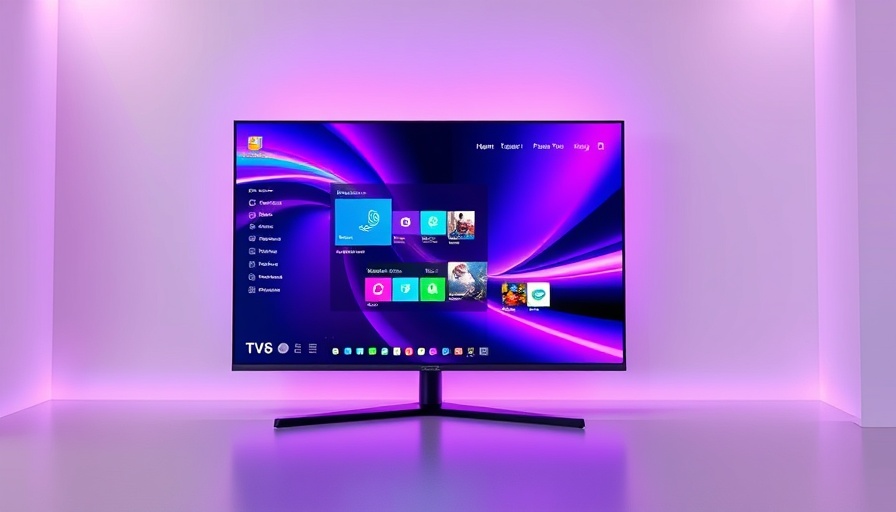
Transforming Televisions: A New Era of Interactive Technology
In an ambitious move that blends technology and everyday entertainment, India's richest man, Mukesh Ambani, has unveiled plans to turn every television into a fully functional personal computer. With this groundbreaking initiative, Ambani aims to democratize technology access and redefine the role of TVs in households across India and beyond.
Why This Vision Matters to Modern Households
As technology increasingly becomes integrated into all aspects of daily life, Ambani’s vision sparks conversations about the digital divide. Many individuals and families, particularly in developing regions, still don’t have access to personal computers. By transforming TVs into PCs, the initiative could provide an affordable alternative, empowering users with educational resources, professional tools, and leisure options all in one device, drastically reducing the cost of entry into the digital world.
This Could Be a Game-Changer for Education
Imagine a family in a remote village where access to educational content is limited. With this technology, children could attend virtual classes, access online resources, and develop computer skills—all through their existing television. This revolutionary approach could catalyze a significant shift in educational equity throughout the country. As we have seen in various instances globally, such integration can enhance learning opportunities and equip students with necessary tech competencies for future employment opportunities.
Exploring the Technology Behind This Concept
The mechanics behind turning televisions into powerful PCs involves innovative software that can operate seamlessly without the need for powerful hardware upgrades. Leveraging existing smart TV capabilities while enhancing user interfaces is key to this vision. Exploring parallels with cloud computing technology, which allows for processing to occur remotely rather than relying solely on local hardware, highlights how this project can potentially roll out even in areas with limited digital infrastructure.
Potential Challenges and Concerns
While this ambitious project is thrilling, it isn’t without its challenges. Factors such as Internet connectivity, particularly in rural areas, are crucial for the success of this model. Furthermore, privacy and cybersecurity concerns are paramount as more personal data will likely be transmitted through these devices. Navigating both technical and societal issues will play a significant role in the project's overall success and acceptance.
Future Predictions: What Lies Ahead for This Initiative?
The ambition to convert televisions into PCs is poised to shift the technological landscape. As households embrace this idea, we can anticipate advances in related fields, including interactive media, streaming services, and digital engagement. Moreover, if successful, this could lead to partnerships with educational institutions, local governments, and corporations to create supportive structures benefiting from diversified technology integrations.
The Bigger Picture: Global Implications of Local Innovations
This groundbreaking strategy from India has the potential to influence global tech landscapes. As countries with emerging economies mirror this approach, it may inspire a broader implementation of similar technologies worldwide. This initiative provides a continuous reminder of how localized solutions can address larger global challenges, such as educational accessibility, economic disparity, and technological advancement.
The conversation around this project isn’t just about technology; it’s about altering the narrative surrounding accessibility and innovation. As India leads the way in rethinking traditional norms of technology usage, the world watches closely, poised to learn from its potential successes and setbacks.
 Add Row
Add Row  Add
Add 



Write A Comment